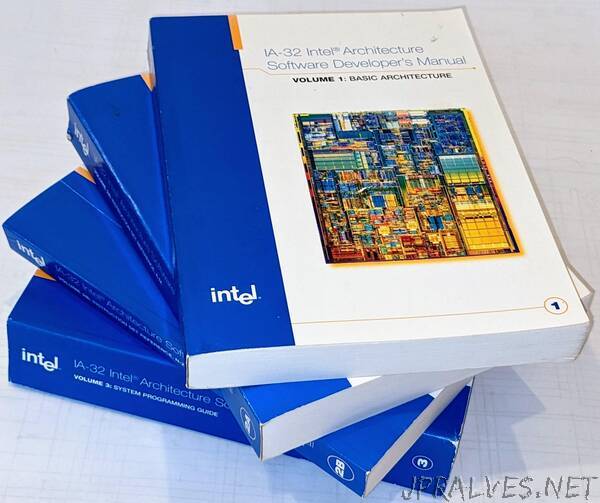
“I’ve been looking at the DAA machine instruction on x86 processors, a special instruction for binary-coded decimal arithmetic. Intel’s manuals document each instruction in detail, but the DAA description doesn’t make much sense. I ran an extensive assembly-language test of DAA on a real machine to determine exactly how the instruction behaves. In this blog post, I explain how the instruction works, in case anyone wants a better understanding.
The DAA instruction
The DAA (Decimal Adjust AL1 after Addition) instruction is designed for use with packed BCD (Binary-Coded Decimal) numbers. The idea behind BCD is to store decimal numbers in groups of four bits, with each group encoding a digit 0-9 in binary. You can fit two decimal digits in a byte; this format is called packed BCD. For instance, the decimal number 23 would be stored as hex 0x23 (which turns out to be decimal 35).
The 8086 doesn’t implement BCD addition directly. Instead, you use regular binary addition and then DAA fixes the result. For instance, suppose you’re adding decimal 23 and 45. In BCD these are 0x23 and 0x45 with the binary sum 0x68, so everything seems straightforward. But, there’s a problem with carries. For instance, suppose you add decimal 26 and 45 in BCD. Now, 0x26 + 0x45 = 0x6b, which doesn’t match the desired answer of 0x71. The problem is that a 4-bit value has a carry at 16, while a decimal digit has a carry at 10. The solution is to add a correction factor of the difference, 6, to get the correct BCD result: 0x6b + 6 = 0x71.
Thus, if a sum has a digit greater than 9, it needs to be corrected by adding 6. However, there’s another problem. Consider adding decimal 28 and decimal 49 in BCD: 0x28 + 0x49 = 0x71. Although this looks like a valid BCD result, it is 6 short of the correct answer, 77, and needs a correction factor. The problem is the carry out of the low digit caused the value to wrap around. The solution is for the processor to track the carry out of the low digit, and add a correction if a carry happens. This flag is usually called a half-carry, although Intel calls it the Auxiliary Carry Flag.2
For a packed BCD value, a similar correction must be done for the upper digit. This is accomplished by the DAA (Decimal Adjust AL after Addition) instruction. Thus, to add a packed BCD value, you perform an ADD instruction followed by a DAA instruction.”
